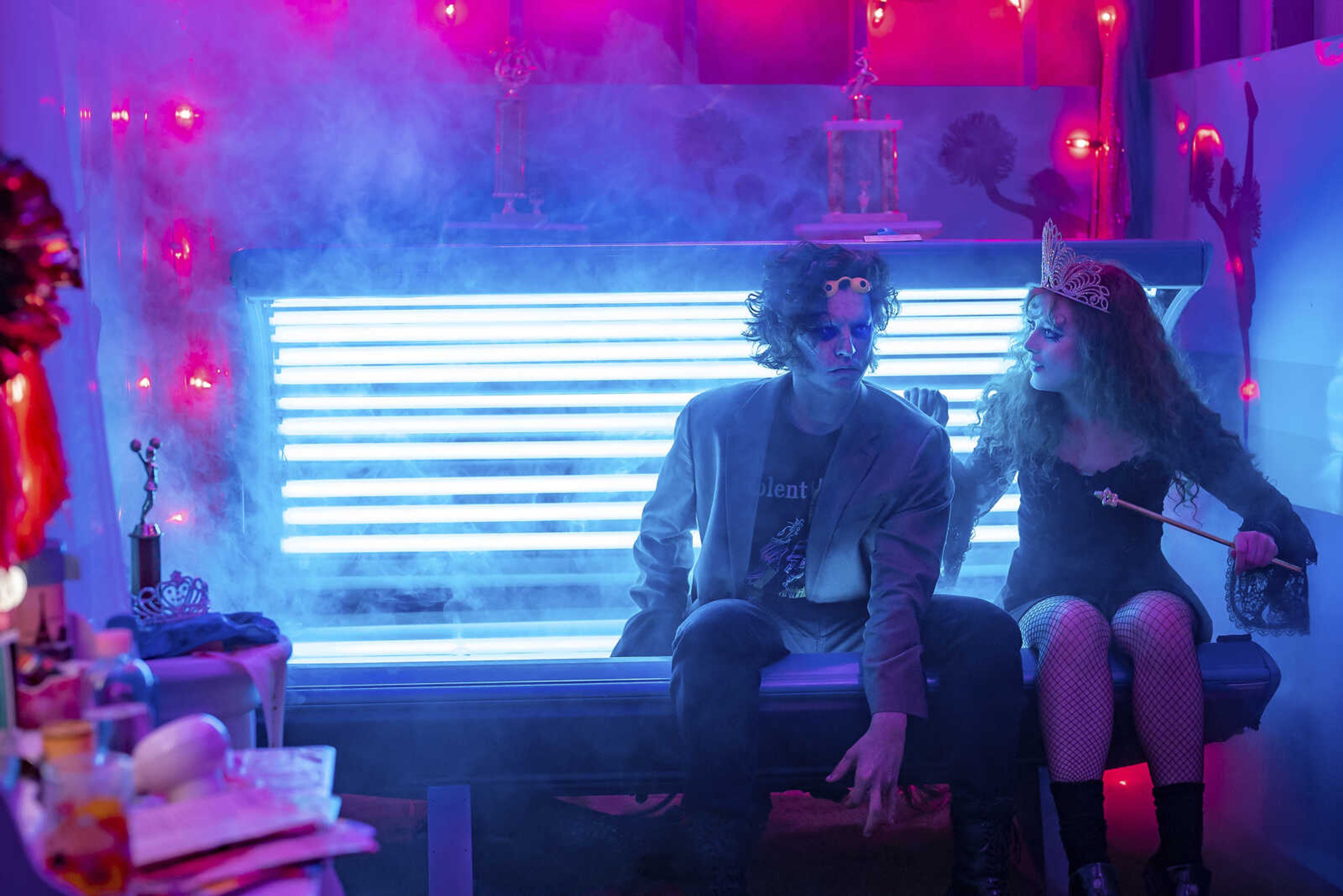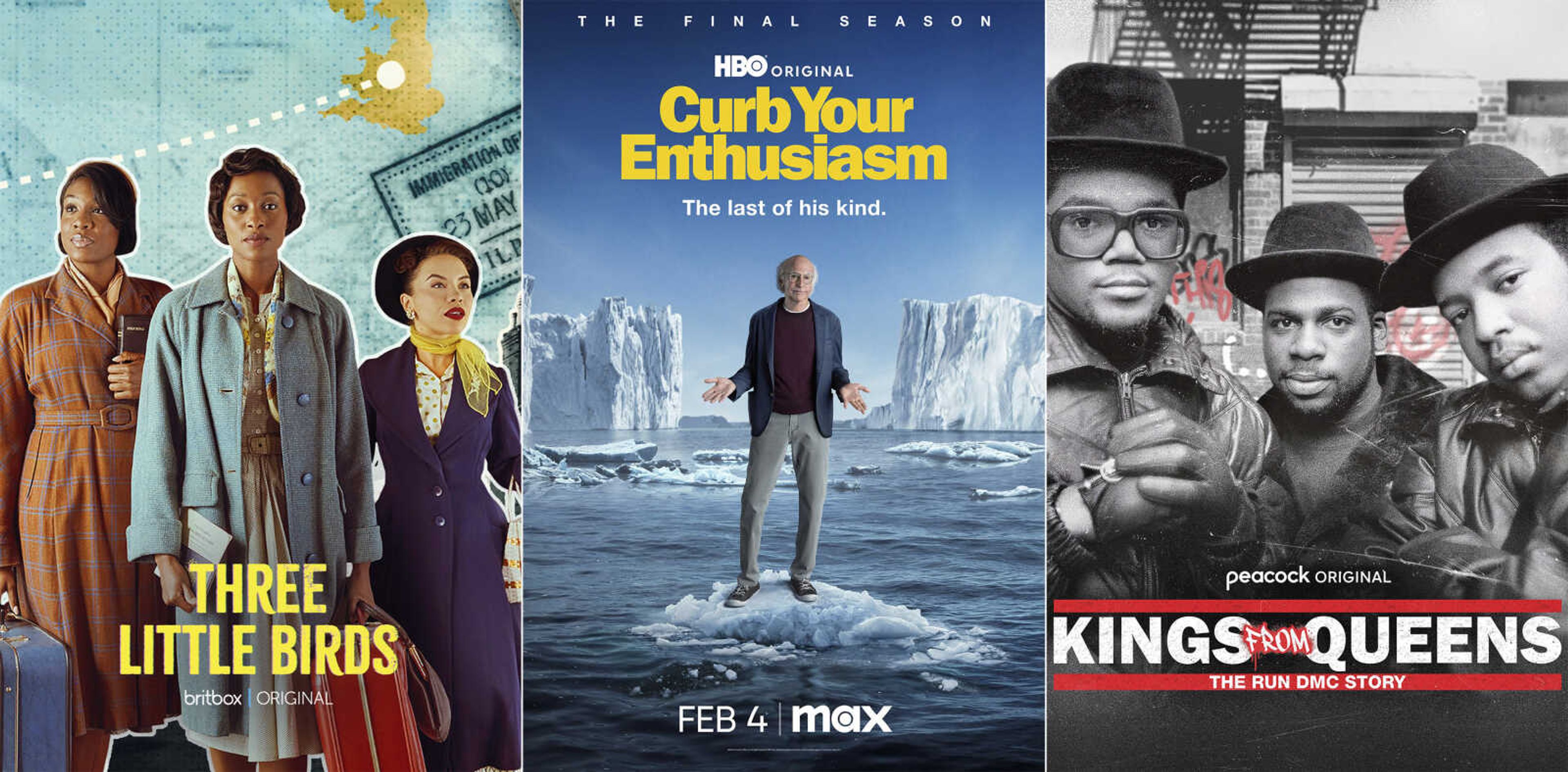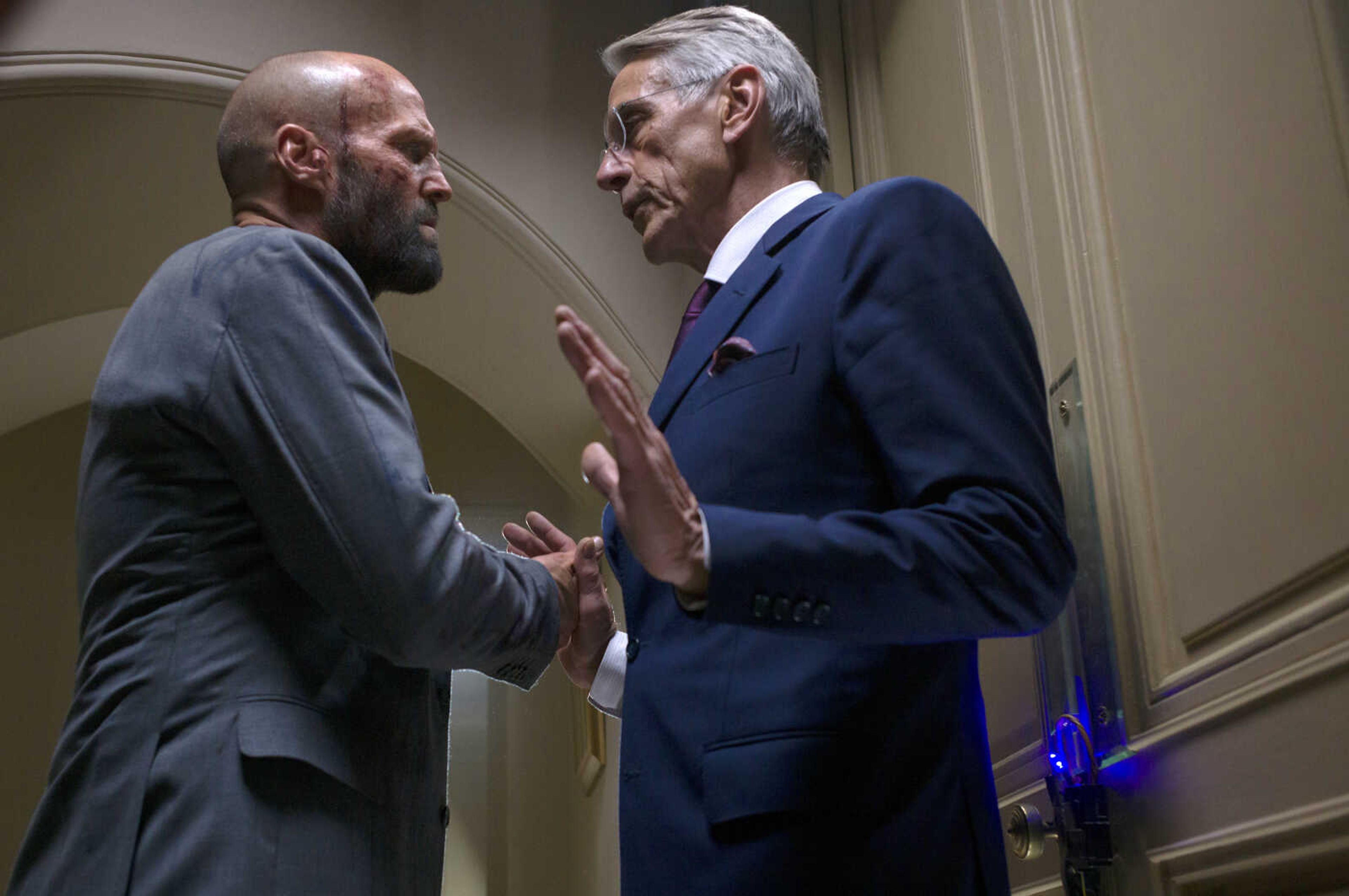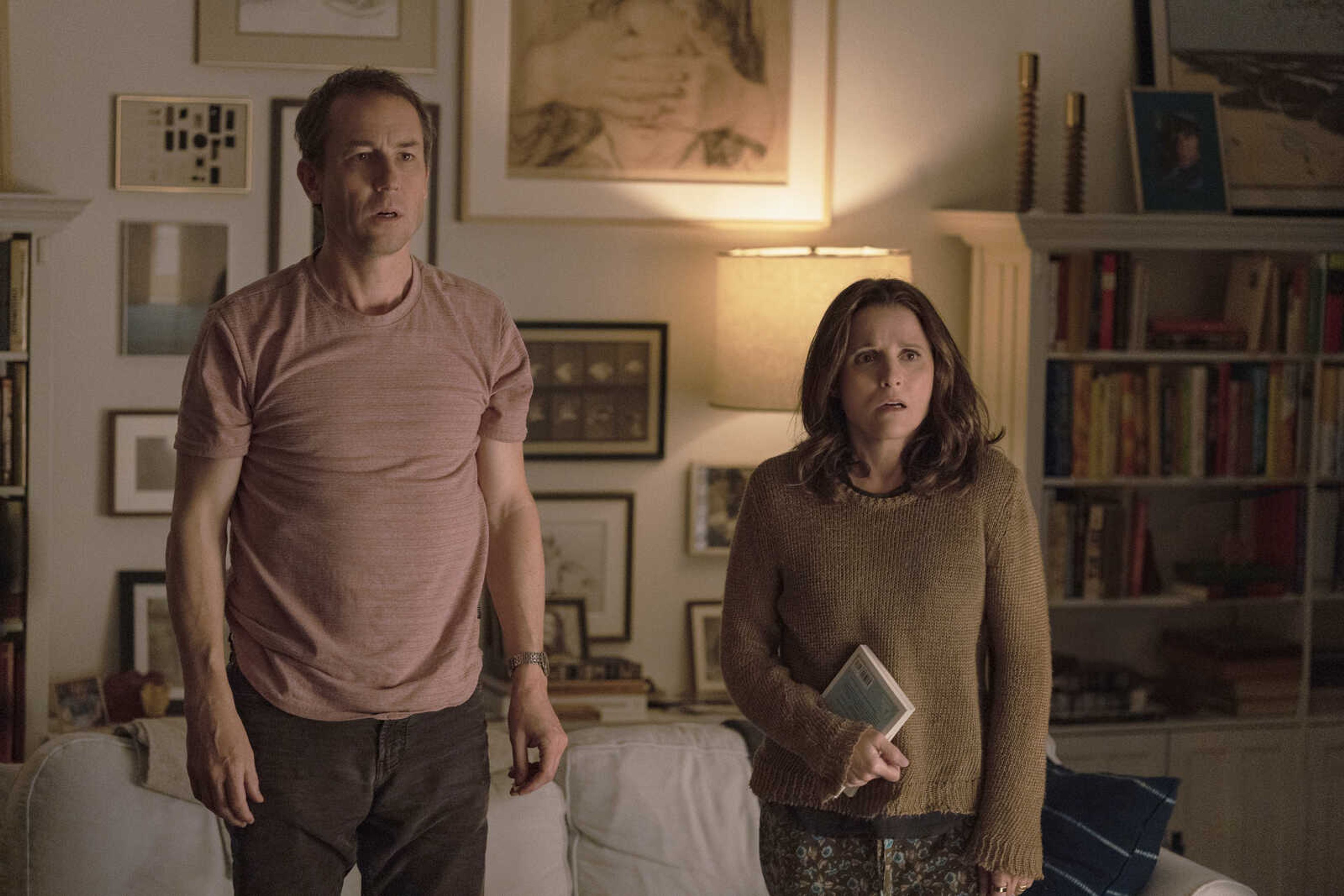Peace Institute will begin building on National Mall
WASHINGTON -- If the Pentagon and monuments to combat are the capital's symbols for war, a glowing structure topped with dovelike wings will be Washington's symbol for peace. A massive facility to be built on a corner of the National Mall near the Potomac River will become the new headquarters for the U.S. Institute of Peace. Final designs for the site were approved last week by capital planners, allowing construction to begin later this year...
WASHINGTON -- If the Pentagon and monuments to combat are the capital's symbols for war, a glowing structure topped with dovelike wings will be Washington's symbol for peace.
A massive facility to be built on a corner of the National Mall near the Potomac River will become the new headquarters for the U.S. Institute of Peace. Final designs for the site were approved last week by capital planners, allowing construction to begin later this year.
The six-story building, facing the Lincoln Memorial, will include a library and research space, a conference center and a public education center with interactive exhibits. It will be wrapped in glass, steel and concrete and lit from the inside at night to create a soft glow. The "wings" create white arches over the roof, dipping down over the building's edge.
The little-known nonpartisan institute, a government-funded think tank and training center, was originally intended to be on equal footing with the War Department, but remained only an idea for nearly two centuries. It was finally created with federal funding in the 1980s and then opened in leased office space downtown. Among its best-known initiatives: facilitating the bipartisan Iraq Study Group to recommend solutions to the Bush administration.
The institute's first permanent headquarters, scheduled for completion in 2010, is across the Potomac River from the Pentagon, not close enough to be its neighbor. But it is across the street from the Korean War and Vietnam Veterans memorials.
"We really see it as both a symbolic and substantive presence at kind of a new war and peace corner," said Tara Sonenshine, an adviser on the project.
"We think peace has a place and deserves a place on the National Mall."
The peace institute will offer a subtle counterpoint to the war memorials, said Charles Nelson, the group's vice president. He described those battle monuments as moving and meaningful, yet noted that "none of those memorials convey how the war got started, how it ended or what the causes were."
The peace institute's exhibits, he said, will offer some of that context and explain the process of peace-building after an international conflict.
Peacemaking and international conflict management has been a difficult subject to penetrate beyond academia, making the prospect of public exhibits a challenge. "War is easy to make graphic, and peace is difficult to make graphic," Nelson said.
Institute staff members are working with a design firm that has produced exhibits at the Smithsonian Institution and the National Museum of the Marine Corps in Virginia to help visualize the concepts of peace-building.
Simulators, films and other exhibits will share stories of "witnesses to war," including child soldiers, diplomats and people who clear land mines. It will bring the subject of peacemaking to the forefront and help the institute reach everyone "from middle-schoolers all the way up to prime ministers," Sonenshine said.
The conference center will connect scholars and students at nearby colleges with peacekeeping groups, such as the nonprofit Doctors Without Borders. The institute already provides training to nongovernmental and military groups in conflict areas and operates an office in Baghdad.
"We are not pacifists, we are not peaceniks," Sonenshine said. "We work with the military. We work with all the actors."
The new building could be a new draw for Washington visitors. Organizers are planning for about 500,000 people, a mix of tourists and conference attendees, to come through the doors each year.
Congress approved the mall site for the institute in 1996. Lawmakers have provided $100 million for the building, and the institute is raising private funds to complete the $180 million project. It has already announced a $10 million gift from Chevron Corp.
The 250,000-square-foot building, designed by Boston-based Moshe Safdie and Associates, drew some concerns that its nighttime glow could compete with the lighting of the Lincoln Memorial. But the institute promised to reduce its lighting to a level agreeable to the National Park Service and historic preservation officers.
"It will either be spectacular or we'll say 'oops,"' said John Parsons, who represents the park service on the National Capital Planning Commission, which unanimously approved the project Thursday.
Plans call for it to be the first building on the National Mall certified as environmentally friendly by the U.S. Green Building Council. Every office will have natural light from the swooping glass roof, architect Isaac Franco said.
Supporters argue that the project and its location are critical in an age of international terrorism and ethnic conflicts.
"It's about bringing international conflict management to the mall and to the world," Sonenshine said. "We think now more than ever we need to be understanding the dynamics of conflict."
Connect with the Southeast Missourian Newsroom:
For corrections to this story or other insights for the editor, click here. To submit a letter to the editor, click here. To learn about the Southeast Missourian’s AI Policy, click here.








